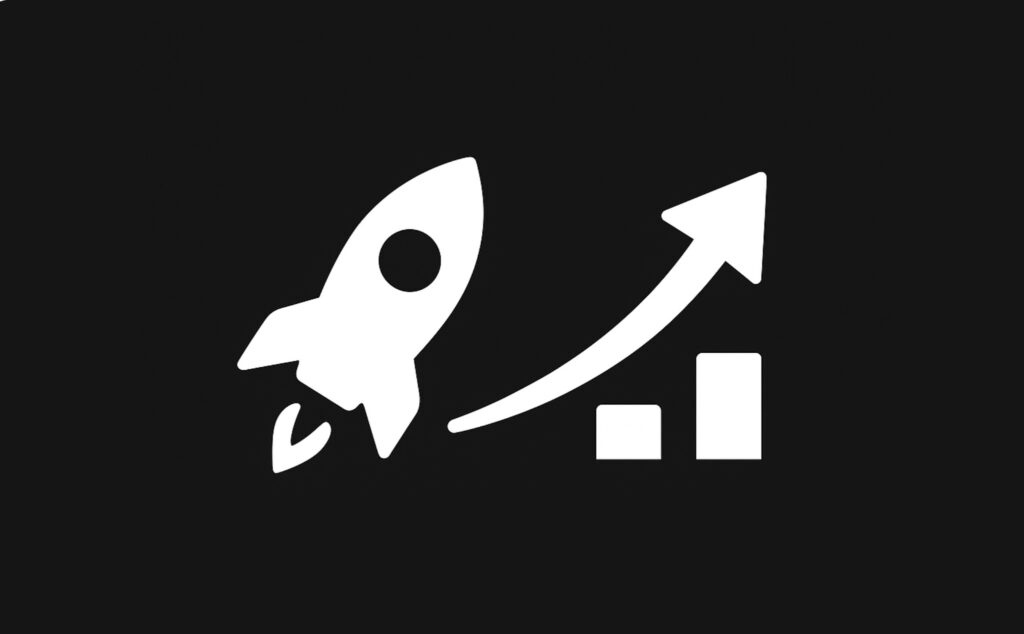Innovate or Fall Behind:

The Most Effective Ways to Transform Your Business with AIOps, GitOps, AgentOps & More in 2025
In today’s digital-first economy, operational excellence isn’t optional—it’s the backbone of innovation. Businesses striving to stay ahead are turning to next-generation technologies like AIOps, GitOps, MLOps, AgentOps, FinOps, and Edge Computing to reimagine how they build, secure, and scale infrastructure. But how can these buzzwords translate into tangible outcomes for your business in 2025?
Let’s break down how you can strategically adopt these operational trends—starting today.
🔍 1. AIOps: From Manual Monitoring to Predictive Automation
Traditional monitoring is reactive. AIOps (Artificial Intelligence for IT Operations) replaces that
with AI-driven anomaly detection, automated root-cause analysis, and self-healing systems.
Use Case: A global retailer implemented AIOps to reduce their incident response time by 70%,
cutting downtime and improving customer satisfaction.
What You Should Do:
• Integrate AIOps tools with observability stacks (Prometheus, Grafana, ELK).
• Use machine learning models for forecasting capacity and performance bottlenecks.
• Automate ticket resolution using NLP and historical log analysis.
🧠 2025 Best Practice: Blend AIOps with DevSecOps for secure, autonomous remediation.
⚙ 2. GitOps: Infrastructure as Code Meets Deployment Consistency
GitOps uses Git as a single source of truth for both code and infrastructure. This means your entire infrastructure is version-controlled, auditable, and reproducible.
Why It Matters:
• Faster rollbacks and recovery
• Reduced human error
• Immutable infrastructure deployments using Kubernetes, ArgoCD, or Flux
Get Started:
• Define infra via Terraform or Pulumi• Automate deployments from Git commits using CI/CD pipelines
• Monitor drift and enforce sync
💡 2025 Insight: GitOps + Observability-as-Code is becoming standard for DevOps maturity.
🤖 3. AgentOps: Autonomous Cloud Operations Are Here
AgentOps is the evolution of DevOps and AIOps—powered by autonomous software agents that can self-diagnose, self-deploy, and self-optimize infrastructure. Imagine a cloud system that reconfigures itself based on performance, cost, or security conditions—all without human intervention.
OPSinnovate’s IOF integrates AgentOps to deliver:
• Proactive cloud maintenance
• Self-service provisioning via smart agents
• Cost-aware orchestration
🚀 Why It’s Big in 2025: Reduces DevOps overhead, scales faster, and aligns with AI
governance initiatives.
🌐 4. Edge Computing: Real-Time Innovation at the Edge
With IoT and smart devices exploding, central cloud alone can’t meet ultra-low latency needs. Edge computing brings compute closer to users—think factories, cars, or wearables.
Why Innovators Love It:
• Real-time analytics at source
• Reduced bandwidth costs
• Improved response times for mission-critical apps
How To Leverage:
• Build microservices that can deploy both in cloud and at the edge
• Use lightweight Kubernetes distros (like K3s) for edge nodes• Secure edge nodes using DevSecOps and policy-as-code
📡 2025 Hot Take: Combine edge with GitOps + AIOps for full lifecycle control.
🧠 5. MLOps: Turning AI Models into Real Business Outcomes
MLOps ensures that your machine learning models don’t just get trained—they go live, scale, and improve over time. It brings DevOps principles to AI pipelines.
What MLOps Enables:
• Reproducible model training
• CI/CD for models
• Real-time monitoring of model performance and drift
✅ Start by:
• Using MLflow or Kubeflow for experimentation tracking
• Automating deployment with GitHub Actions or Jenkins
• Logging predictions to monitor bias, accuracy, and retraining needs
📈 2025 Strategy: Use MLOps + AgentOps for AI that evolves autonomously.
💰 6. FinOps: Control Cloud Costs Without Slowing
Innovation
With cloud spending rising in 2025, FinOps is no longer optional—it’s a core discipline. It merges finance, engineering, and ops to drive cost visibility and accountability.
Quick Wins:
• Tag resources for team-based cost tracking
• Automate rightsizing and kill zombie workloads
• Embed budget alerts into DevOps workflows💡 Use AI (from AIOps) to forecast cloud usage based on trends and seasonality.
💸 OPSinnovate Insight: Combine FinOps + GitOps for automated spend governance via Git.
✅ The OPSinnovate Approach: Bringing It All Together
OPSinnovate helps global enterprises adopt these frameworks through a single cohesive methodology—the Intelligent Operations Framework (IOF). We combine:
• AIOps for automation
• GitOps for consistency
• AgentOps for autonomy
• FinOps for control
• MLOps for smarter decisions
• Edge Computing for reach
🟦 Ready to transform your operations?
👉 Explore our services or get a free proposal
Final Thoughts
The era of reactive, siloed operations is over. If you’re not evolving your infrastructure with automation, intelligence, and autonomy, you’re risking agility, security, and competitiveness. The best part? These innovations are accessible now—not just to tech giants, but to any forward thinking business ready to evolve.